The Berkeley Lab’s Engineering Division is organized into four different departments: Electronics, Software & Instrumentation Engineering, Magnetics Engineering, Mechanical Engineering, and Project Controls Engineering. Additionally, operations and cross-functional support is managed out of the Engineering Division Directorate. Within the departments, we have a multidisciplinary workforce with a depth and breadth of knowledge that exceeds the norm. Some of our most prevalent fields of expertise are highlighted in the posts below.
Fields of Expertise
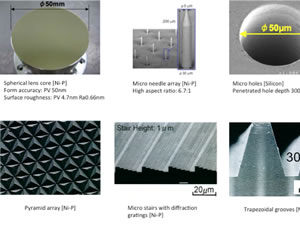
Advanced Manufacturing
An Advanced Manufacturing Center (AMC) at Berkeley Lab is being explored to establish various advanced manufacturing technologies and serve a wide range of manufacturing needs internally as well as externally. We are developing capable manufacturing technology to meet increasing diversification of material used and tighter tolerances in science exploration and industrial production. AMC will initially […]

Bio-instrumentation
Our bio-instrumentation scientists and engineers develop analysis tools for life science and materials science research. They have made significant contributions to the Human Genome Project and developed a number of novel and enabling technologies for life- sciences. These tools include capillary array DNA sequencer, DNA/RNA microarray printer and scanner, high throughput and automated protein […]
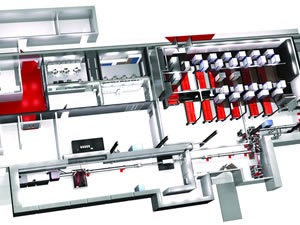
CAD System Software
Engineering develops software to support Computer Aided Design and Document Management. While most of the main applications are commercial, frequently custom software is required to tie systems together and create convenient user interfaces that implement Engineering CAD business models.
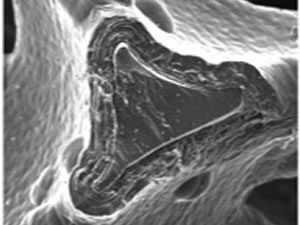
Composites
A composite is a combination of two or more materials that yield a new material with desired properties (i.e., non-magnetic/magnetic or non-conductive/conductive). Our specialization is in design and fabrication of high performance Carbon Fiber structures and precision bonded assemblies (incorporating both metallic and composite components) for Silicon Tracking Detectors. Using carbon fiber composites, we […]

Custom Integrated Circuits
The LBNL IC Design Group delivers high-performance mixed-signal integrated circuits for a variety of applications, but specializes in integrated circuits for particle detector and scientific imager readout. We focus on providing high channel-count mixed-signal chips for extreme environments (e.g. high radiation, low temperature, or in-vacuum operation) where suitable commercial parts do not exist. Our […]
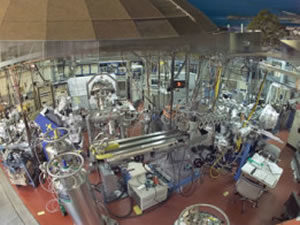
Data Acquisition and Control System Software
Many Engineering projects involve collecting scientific data and software is often used to facilitate this process. Specialized software is developed to meet requirements of the various sensors and data rates of the experiments and to process and store the data. In many projects, the need for Engineering Software goes beyond collecting data and includes […]
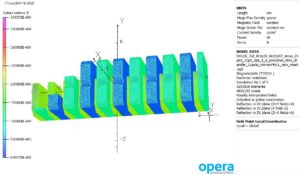
Engineering Analysis (FEA)
The Engineering Division provides world-class mathematical analyses of applications to help ensure the system functions as desired. Using a variety of analysis tools, including finite element analysis (FEA), we evaluate simple and complex designs for structural, thermal, vibration, fatigue, electromagnetic, and fluidic behaviors. The Engineering Analysis Team has both the tools and experience to […]

Fabrication
Our fabrication expertise and facilities enable us to manipulate various materials to manufacture a wide range of components and structures using cutting-edge manufacturing techniques. We are able to produce components or features ranging from several microns to several meters in size using a broad range of fabrication technologies including: conventional machining, micro-machining, Electrical Discharge […]

Feedback Controls
In feedback controls, the controlled output of a device is measured and fed back for use in a control computation. We utilize feedback controls in a variety of applications ranging from LLRF to synchronization of optical pulses with femtosecond accuracy over kilometers of fiber, and beam-based feedback applied to Linac-driven Free Electron Lasers (FELs). […]
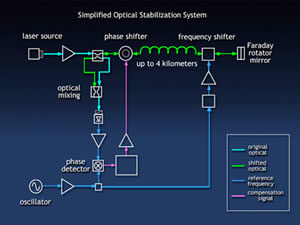
fs Timing and Synchronization
Scientific experiments which interact two or more short-duration events must synchronize them in time. Laser and X-ray light sources can now produce pulses with few-femtosecond (1 femtosecond = 0.00000000000001 seconds) or sub-femtosecond duration, requiring precise timing. It is possible to measure and control the timing of lasers with this precision, using stable RF and optical frequencies […]
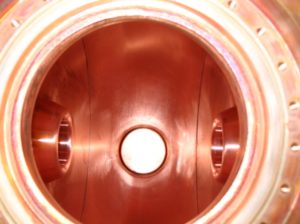
High Power RF Engineering
High Power Radio Frequency (RF) Engineering is a specialized field of electrical engineering that deals with components and systems that operate at well above the audio frequencies band. Historically, RF Engineering began over 100 years ago with the advent of wireless telegraphy known today as radio. High Power RF Engineering has grown enormously and […]
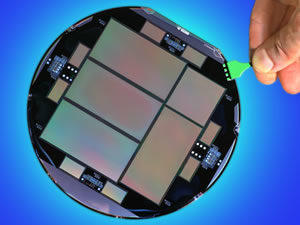
Imaging Detectors
Imaging detectors such as charge-coupled devices (CCDs) are primarily used for astronomical observation and x-ray imaging. Our CCDs are noted for their exceptionally high, near-infrared sensitivity and capability to capture images billions of light years away. The Berkeley Lab MicroSystems Laboratory produces scientific CCDs for imaging and spectroscopic applications in astronomy as well as […]
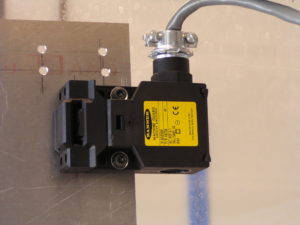
Interlock Systems & Protection
In most applications, an interlock system is used to prevent to harm to persons or damage to machines. Physical controls are engineered to contain hazardous energy, an interlock sensor detects potentially dangerous changes in state, and the interlock reduces risk of injury or damage. Interlocks sensors can be radiation detectors, infrared beams, cameras that […]
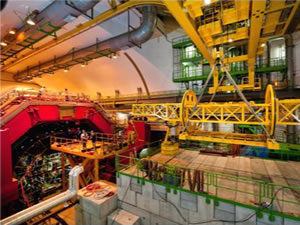
Large Physics Detectors
Physics detectors are developed to understand the evolution and structure of nuclear matter from the smallest building blocks, quarks and gluons, to the elements in the universe created by stars. The detectors detect, track, and identify the particles and sometimes operate as calorimeters, measuring the energy of radiation that is detected. We have the […]

Laser systems
Light sources used for science are often complex arrangements of laser sources, amplifiers, passive and active optical devices, diagnostics, electronics and computers. Advanced designs produce light with previously unavailable characteristics, enabling new scientific research. Laser systems are also combined with X-ray sources to initiate physical processes and measure them. For instance, a high-average power, […]
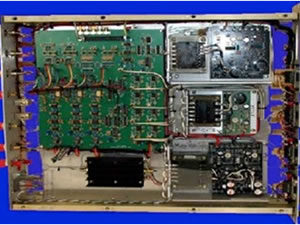
Low-Level Radio Frequency (LLRF) Control
We utilize Low-level Radio Frequency (LLRF) to control accelerator beamlines and are pioneers of implementing fully digital LLRF/RF controls. The high power sources that drive electromagnetic fields inside accelerating cavities must be precisely controlled against noise perturbation for optimal beam quality. To do this, the LLRF controller measures the magnitude and phase of a […]
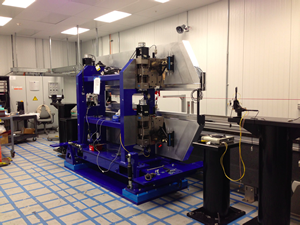
Magnetic Measurements
Magnetic Measurements characterize magnetic fields produced by magnetic devices such as dipoles, quadrupoles, combined function magnets, and undulators. At the Berkeley Lab, most of the devices measured are installed in a particle accelerator. The particle beam trajectory and properties depend strongly on the magnetic field. Different measurement techniques are used: Hall probe mapping, rotating […]

Mechanical Design
Mechanical CAD in the Engineering division consists of a suite of applications/processes that enable a workflow encompassing the entire design methodology. The process runs from the initial requirements given to our engineers and designers to the final product/assembly installed in our instruments. This includes requirements management, design, analysis, and visualization through to the documentation […]
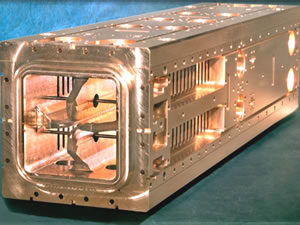
Mechanical Design & Analysis of RF Structures
The Berkeley Lab has developed methodology and expertise in the analysis, design and fabrication of RF cavities for a variety of applications. Numerous normal conducting copper cavities have been developed for use as accelerating structures for particle accelerator beamlines. We have extensive experience designing, building and operating both pillbox type cavities and radio-frequency quadrupoles […]
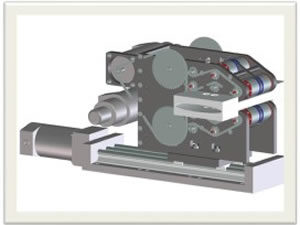
Permanent / Hybrid Magnets
Multipole magnets are an essential component for steering and focusing charged particles in particle accelerators. Most commonly the magnets are electro-magnets, which are energized by current carrying conductors wrapped around low permeability poles. Alternatively these magnets can be made from permanent magnets or permanent magnets in conjunction with low permeability poles, or hybrid […]
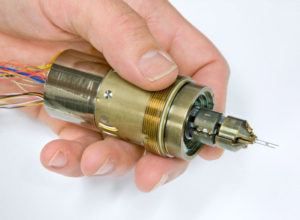
Precision Mechanisms
Precision mechanisms are a class of machinery/instrumentation that often have micron scale features, or even larger components that have can range down to nanometer scale tolerances within surface, positioning, or motion. These systems have applications ranging from satellite technologies and particle accelerators to MEMS, and nanotechnology instrumentation. Our efforts include research, design, development, manufacturing […]
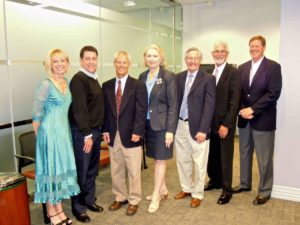
Project Planning & Controls
The Project Controls Engineering Department provides project controls expertise, project control engineering, planning, and an Earned Value Management System (EVMS) based on DOE Order 413.3B and the ANSI/EIA-748-C guidelines to integrate project management elements required to effectively plan, organize, and control complex projects across the laboratory. The LBNL EVMS provides a comprehensive system for […]
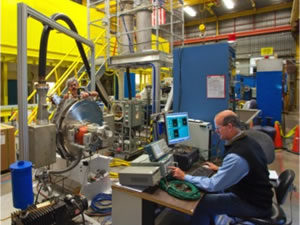
Pulsed Power and High Voltage
Pulsed power is a field of research which explores methods of providing high peak power (the product of the voltage and the current) to a load in the form of short pulses (nanoseconds to microseconds duration). These systems typically include a primary power supply, energy storage capacitor, and a switch which transfers the pulse […]

Qualified Electrical Worker (QEW) Support
Fabrication, modification, and repair of electrical equipment must be executed by a Qualified Electrical Worker (QEW). To request QEW support, please submit a request form at https://app.smartsheet.com/b/form?EQBCT=cb6e45c71893442b9f614aa731513f11, send an email to qewhelp@lbl.gov, or call x6222.

Robotic Systems & Motion Control
In industry, motion control and robotics is typically used to automate the movement, transport, or assembly of components or products in the manufacturing process. At the Berkeley Lab, motion control and robotics are used to automate scientific tools, improving the speed and quality of data acquisition. Our motion control applications include laser and X-ray […]
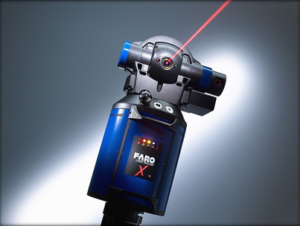
Survey & Alignment
The Survey & Alignment Group is responsible for the accurate positioning of accelerator and instrumentation components using precision surveying techniques and engineering methodologies. The capabilities include fiducialization, inspection, metrology and alignment. This group utilizes state of the art tools such as laser trackers, laser scanning & interferometry, digital levels, coordinate measuring machines, metrology arms […]

Ultra-High Vacuum Systems
Vacuum chambers are used to produce low-pressure environments for a multitude of experimental needs. We design and fabricate one of a kind vacuum chambers and components for operation in ultra-high (UHV) and extreme ulta-high vacuum (XHV) regimes. Our fabrication and assembly shops test materials and components for UHV compatibility and specialize the the fabrication, […]
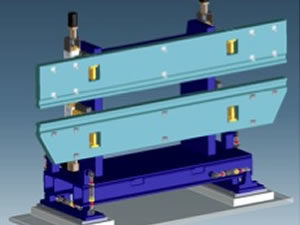
Undulators
An undulator is a periodic magnetic structure that serves as a critical component in synchrotron light sources and free electron lasers. Light, typically in the extreme ultraviolet to x-ray wavelengths, is produced when an electron beam passes through the periodic field. The wavelength is tunable by varying the magnetic field strength or the electron […]
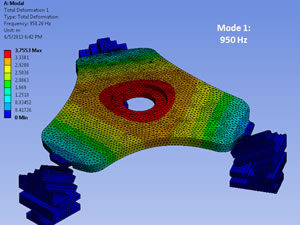
Vibration Analysis & Control
Vibration is a mechanical phenomenon whereby oscillations occur about an equilibrium point. The oscillations may be periodic or random but most often, vibration is undesirable. To mitigate the impact of vibration, we can either decrease the intensity of the vibration source or decrease the sensitivity of the equipment. Vibration sources and equipment sensitivity can […]